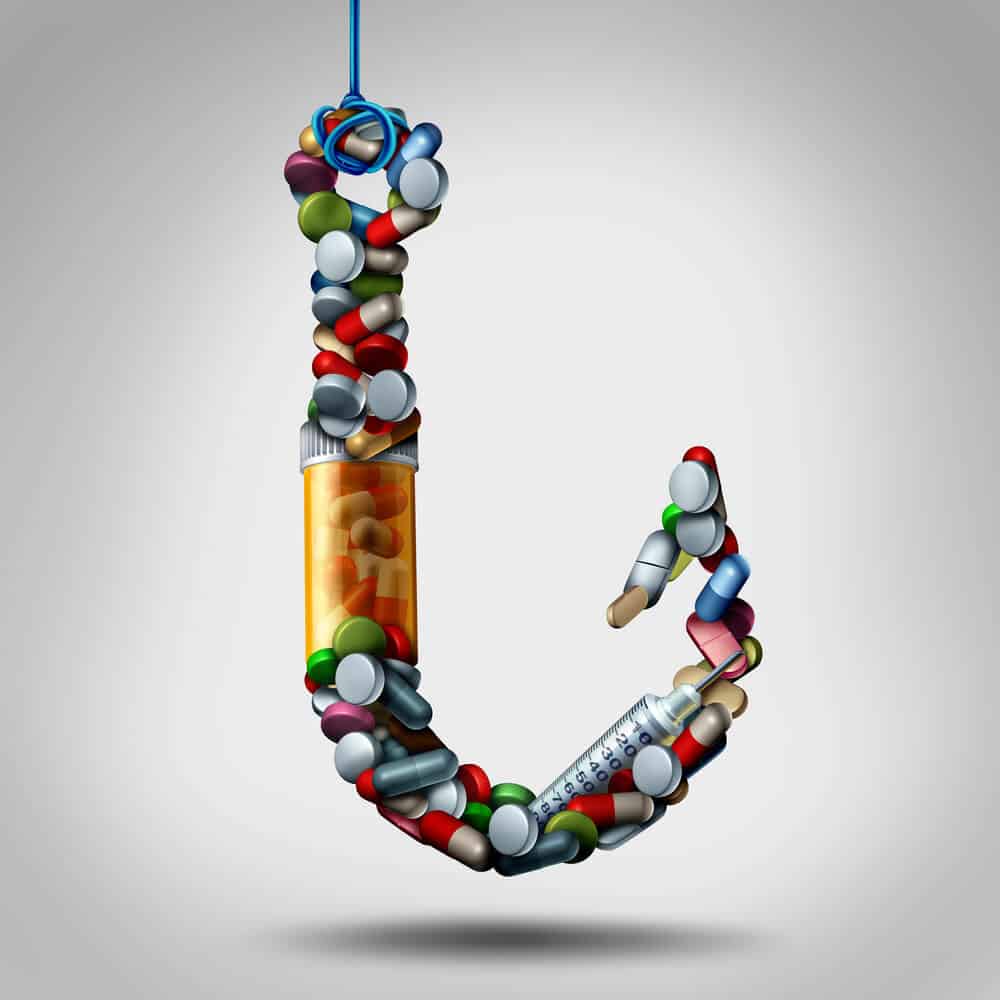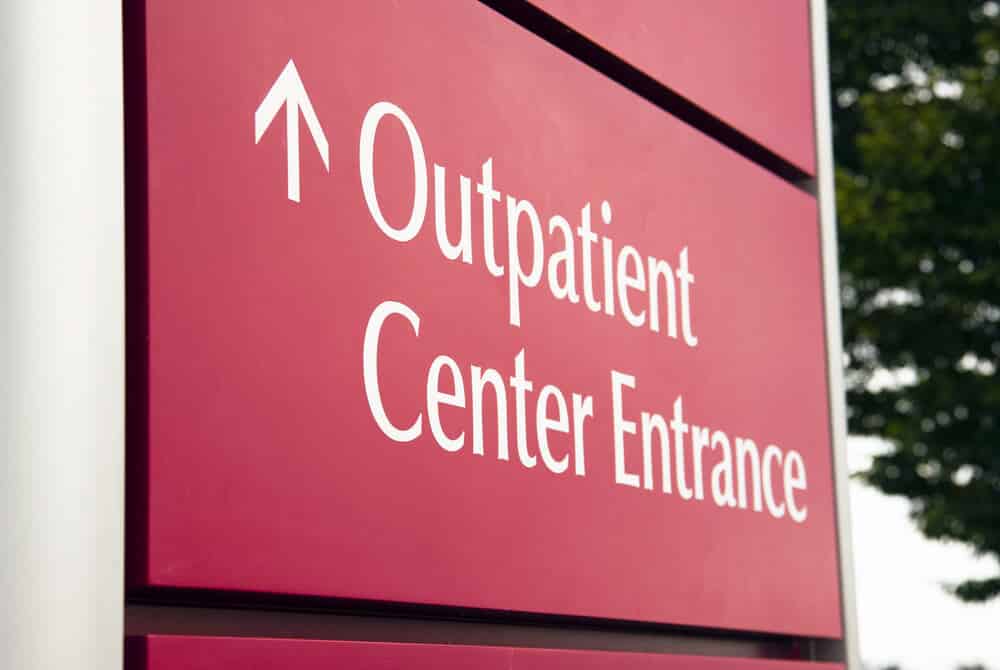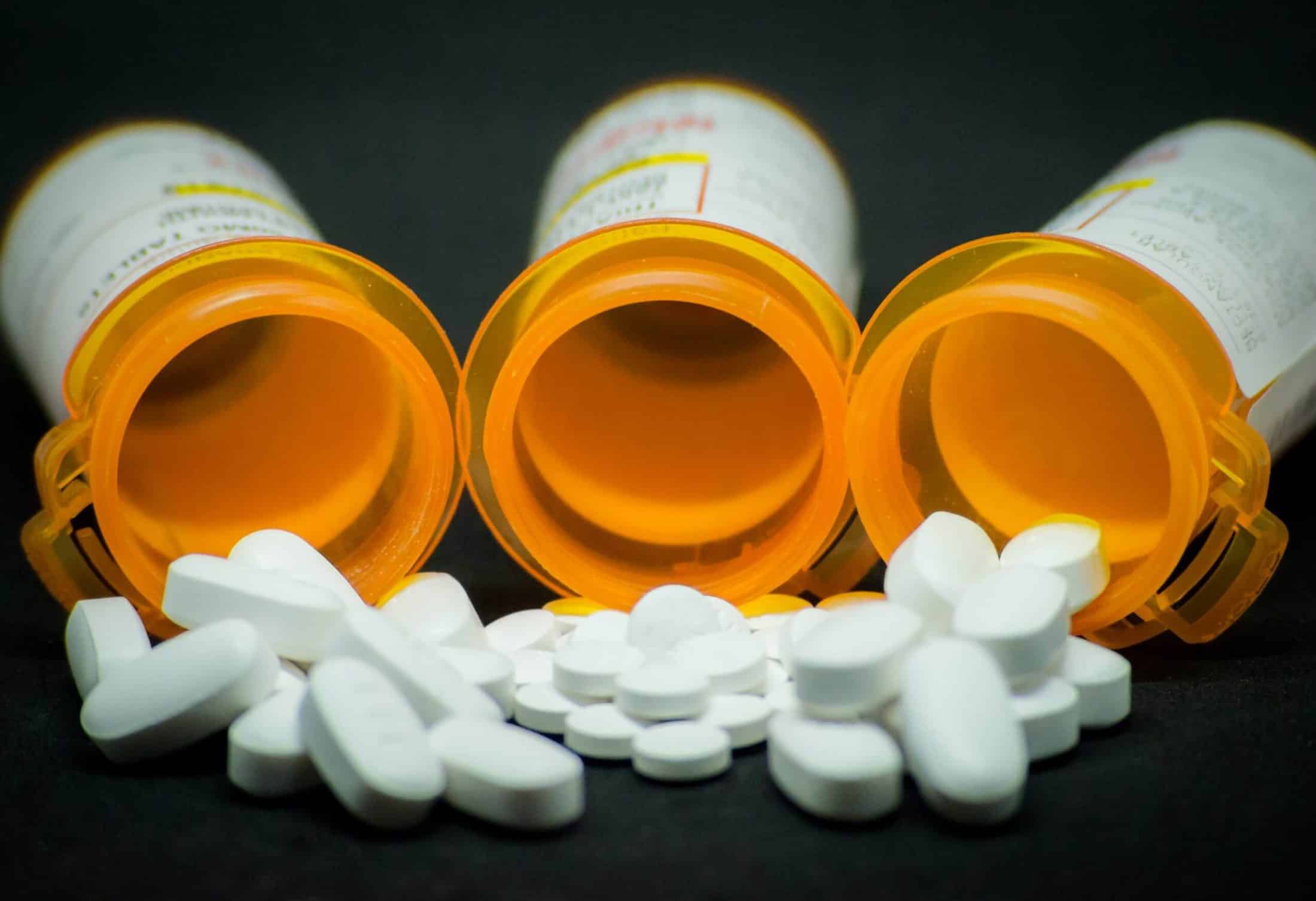In 1997, the Food and Drug Administration approved a drug called Norco that consists of a combination of hydrocodone and acetaminophen. The drug was intended to block the brain’s nerve receptors to treat moderate to severe pain, but it is often abused due to its classification as an opioid analgesic that can create issues with addiction, and potentially an overdose.
When it comes to treating pain there are a few medications that can be prescribed, but it is when the medication is no longer prescribed, or the drug is given to someone else other than the patient, that it can lead to issues of abuse outside the original intention.
Why Norco Is Often Abused
Within Norco is the drug hydrocodone that can become a highly addictive opioid. Over the years in the United States, there has become what is considered a “pill culture.” Pill culture was created due to opioids that are readily prescribed, and at times overprescribed by medical professionals. Without proper care and monitoring, it can give way for potential drug abuse for pain relief, even by people who have shown no signs of issues with substance abuse before.

Out of the study conducted in 2012, over 2 million of those people who were prescribed painkillers that year had developed an addiction. That number continues to grow within age groups as young as 12 years old. As drug tolerance builds within a person’s body, it can lead to unusual behaviors of taking more than the dose prescribed, as well as increased cravings to continually use the drug.
Despite physical and mental struggles that develop from this habit, addiction is far more complicated for someone who feels trapped in the situation without a way out of it. Inpatient care within a drug rehab facility is often recommended for individuals suffering from Norco drug addiction. The ability to have 24/7 medical care ensures the person is well looked after during the recovery process.
There are many types of opiates in the pharmaceutical market, such as Fentanyl, Dilaudid, Methadone, Morphine, and Oxycodone. Each of which has its own pain relief levels, as well as the risk for potential abuse. While these prescriptions should be monitored by a medical professional, many people find themselves suffering without the ability to see a way towards sobriety.
Drug Abuse and Signs of Norco Addiction
In a study discussing the challenges of using opioids to treat pain for patients with a previous history of substance abuse disorder, they recognized that every patient deserves to be heard in order to find the best treatment plan available.

When continually misused, symptoms can increase to an episode of respiratory suppression resulting in cardiac arrest.
The Addiction Center states that to recognize a Norco addiction before it gets worse, there are a few signs to be aware of,
- The need for more Norco to experience the same pain relief
- Mixing Norco with other substances to achieve a high
- Visiting different doctors to get a prescription
- Spending more time trying to get Norco than doing other activities
- Letting relationships fall by the wayside to favor Norco use
These signs often begin to control a person’s life that keeps them from achieving healthy relationships and a life of sobriety. By being aware of the initial signs of addiction, you can talk with a medical professional about potential treatment options.
Admitting to an issue with a prescription is not easy, but when a person is able to find the right treatment, they have a higher chance to live a life beyond addiction.
Can the Overdosage of Norco Kill?
With any painkiller or drug addiction, there are risks that can overtake the body. By taking the necessary precautions and steps to overcome addiction, you can keep yourself, or a loved one, safe from further harm.
When someone has a taken too much Norco, the following side effects can occur,
- Dizziness
- Drowsiness
- Constipation
- Nausea
- Breathing Problems
- Slowed heart rate
- Confusion
- Mood swings
- Anxiety
- Depression
- Convulsions
- Abdominal pain
In extreme cases, an overdose can put the body into cardiac arrest resulting in a coma or death. According to the Addiction Center, 46 people a day die from prescription pain killer overdose. The risk is even higher when Norco is mixed with other substances or alcohol.
If you think someone is experiencing an overdose, these are the signals to look out for,
- Constricted Pupils
- Nausea
- Excruciating stomach pain
- Vomiting or frequent vomiting
- Clammy skin
- Jaundiced appearance, or yellowing of the skin
- Shallow or restricted breathing
- Hepatic necrosis (liver death)
- Extreme sleepiness or inability to wake up
- In and out of, or loss of consciousness
Seek professional help and call 911 immediately. If they are able to recover from an overdose, it often can lead to cycles of shame and fear of judgment. While some choose to make a change, many relapse and continue to abuse drugs when there is no one to intervene and provide support.

It is possible to overcome Norco drug addiction with the right resources and mental health support that help avoid life-threatening reactions and the risk of overdosing.
Treatment For Norco Drug Abuse
A study published in Addiction Science and Clinical Practice recognizes that there are key factors that can help aid the treatment for Norco drug abuse by adapting care structure to the risks involved through,
- Setting of care (inpatient, outpatient, specialty care)
- Selection of type of treatment (risk/benefit assessment)
- Supply of medications (type and amount)
- Supports for recovery (implementation of recovery activities)
- Supervision and monitoring (frequency of visits, toxicology screens, pill counts, etc).
Detox Treatment
For people suffering from physical dependence, a medically monitored detox can ease withdrawal symptoms.
American Addictions Center labels withdrawal symptoms that include,
- Getting the chills
- Dilated pupils
- Yawning
- Rebound pain
- Agitation
- Gastrointestinal distress
- Severe nausea
By being monitored and slowly taken off Norco, it helps the body slowly adapt to a new normal and find better regulation for pain and drug dependence.
Inpatient Treatment
Inpatient treatment includes being admitted to drug rehab for 24/7 care and support. Drug rehab includes group therapy sessions, individualized counseling, and specialized care.
With full support throughout the day, a person struggling with Norco addiction has a higher chance of overcoming destructive habits that were formed in their regular life.
With a disturbance to their normal schedule, they are able to find new coping strategies with the help of addiction specialists.
Outpatient Care

Partial Hospitalization
Partial hospitalization is more intense than outpatient care to provide a stronger support network for those overcoming addiction or a recent overdose.
Opioid Maintenance
With the help of a doctor or methadone clinic, a patient can be continually monitored for painkiller use to ease dependence and hold accountability.
Extended Care
For those suffering from a long period of drug abuse, an extended care plan may be put in place that includes inpatient treatment and transition to outpatient care of opioid maintenance. Each person’s care plan should be assessed by the environment and background of drug use, as well as their history of addiction.
What Happens When Norco Is Mixed With Alcohol
Mixing alcohol with Norco can severely affect the liver, potentially leading to alcohol-acetaminophen syndrome. With the liver working too hard to metabolize acetaminophen and the alcohol, it leaves toxic materials in the liver resulting in liver failure.
It is recommended for anyone who is prescribed Norco to choose to abstain from alcohol use. Mixing substances and alcohol can lead to serious side effects that include impaired motor skills and judgment, respiratory problems and sedation, as well as potentially leading to a coma. If you have a family history of addiction, talk to your doctor beforehand about the right treatment process for you to avoid harmful cravings that hinder recovery.
Road To Recovery
Addiction may be something you live with, but it does not have to control you moving forward. Overdosing on Norco can lead to severe reactions resulting in long-term or permanent effects. By reaching out for help, it is possible to survive an overdose and start on the road to recovery. If you are concerned for you own wellbeing when being prescribed medication, or are worried for a loved one, find more resources here to get back on track towards a sober life.


